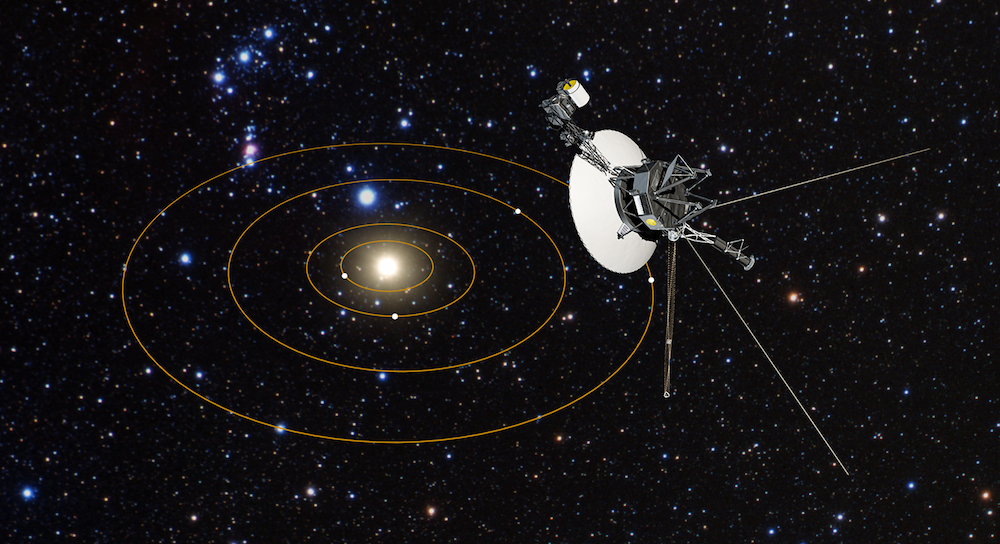
There have been many incredible planetary missions over the past several decades, from as close as our Moon to the outer reaches of the Solar System. Right now, there are robotic explorers at Mars, Jupiter, Saturn, Ceres, and out past Pluto. But there are two more which have travelled even farther, to the most distant fringes of the Solar System, Voyager 1 and Voyager 2. Although they were launched way back in 1977, they are still active today, studying the region where our planetary system “ends” and interstellar space begins. Now, the Hubble Space Telescope is being used to help provide a “road map” for their future paths forward.
Voyager 1 is now actually in interstellar space, the region between stars which is seemingly empty, but in fact contains gas, dust, and other material from recycled from dying stars. The Hubble Space Telescope is being used to measure all of this material along the trajectories of both spacecraft.
“This is a great opportunity to compare data from in situ measurements of the space environment by the Voyager spacecraft and telescopic measurements by Hubble,” said study leader Seth Redfield of Wesleyan University in Middletown, Conn. “The Voyagers are sampling tiny regions as they plow through space at roughly 38,000 miles per hour. But we have no idea if these small areas are typical or rare. The Hubble observations give us a broader view because the telescope is looking along a longer and wider path. So Hubble gives context to what each Voyager is passing through.”
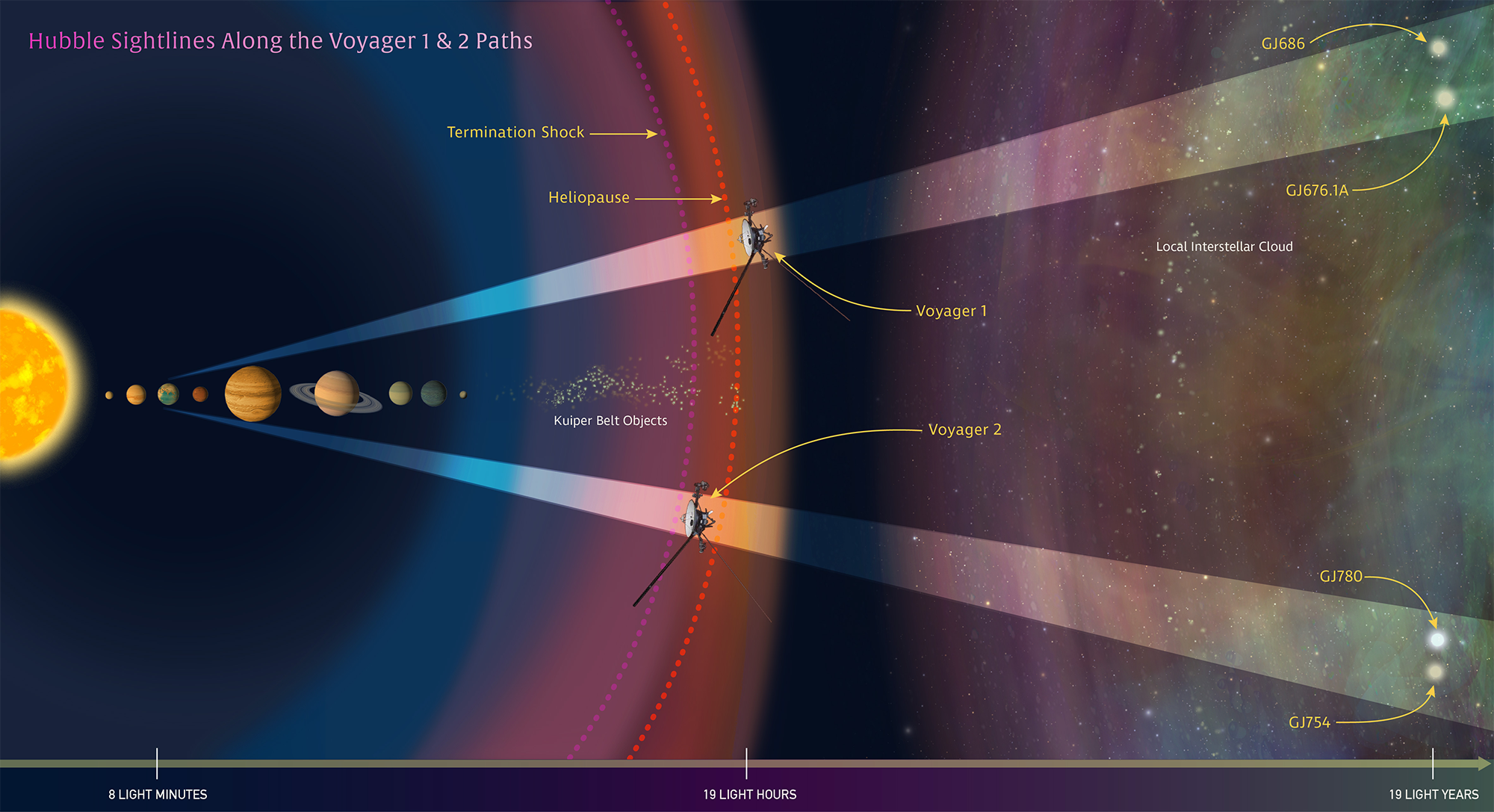
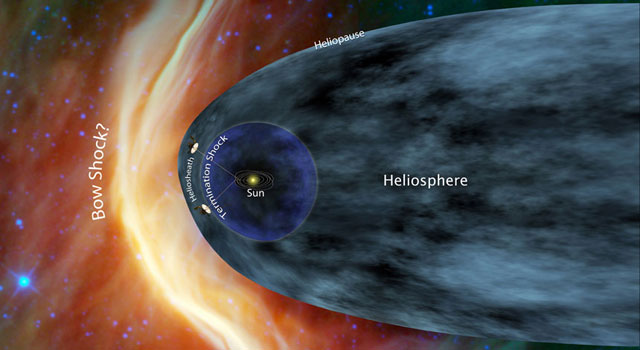
Scientists will be able to continue monitoring this environment even after the probes themselves eventually run out of power, possibly in a decade from now. Analysis so far shows that there are multiple clouds of hydrogen laced with other elements; the data also provides clues as to how the Sun travels through interstellar space. The observations should help to characterize the physical properties of the local interstellar medium, according to astronomers.
“Ideally, synthesizing these insights with in situ measurements from Voyager would provide an unprecedented overview of the local interstellar environment,” said Hubble team member Julia Zachary, also of Wesleyan University.
The new results were presented on Jan. 6 at the winter meeting of the American Astronomical Society in Grapevine, Texas.
The Voyagers will continue their study of this exotic environment for at least the next 10 years, or as long as they keep functioning, examining interstellar material, magnetic fields, and cosmic rays along their trajectories. The advantage of using Hubble in addition to the data from the spacecraft themselves is that Hubble can gaze at two sight lines along each spacecraft’s path to map interstellar structures. Since each sight line reaches several light-years, the telescope can use its Imaging Spectrograph to measure how interstellar material absorbs the starlight, which leaves behind spectral “fingerprints.”
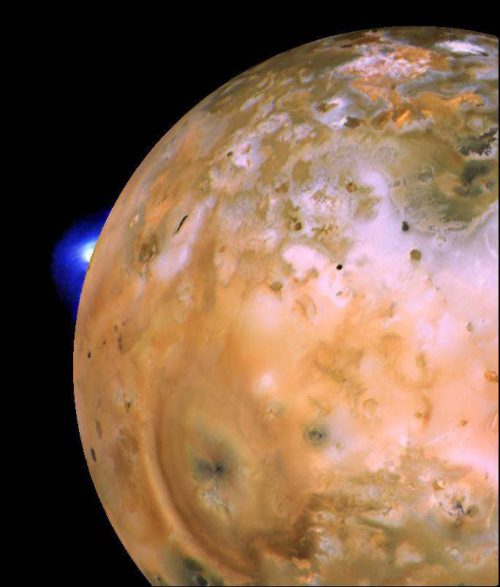
Voyager 2 is currently within an interstellar cloud of material which surrounds the Solar System and won’t exit it for another couple thousand years or so. Using the Hubble data, astronomers think that the probe will then enter a second similar cloud which it will remain in for another 90,000 years. Eventually, Voyager 2 will then enter a third such cloud.
Analysis of these clouds’ composition shows slight variations in the abundances of chemical elements.
“These variations could mean the clouds formed in different ways, or from different areas, and then came together,” Redfield said.
The Hubble data also reveals how the Sun is passing through similar but clumpier material, which could possibly affect the heliosphere, the large “bubble” surrounding our Solar System that is produced by the Sun’s solar wind. At the boundary between this bubble and interstellar space, the heliopause, the solar wind pushes outward against the interstellar medium. In the distant region past that boundary where Voyager 1 currently is, the solar wind is instead felt from other stars, not the Sun.
“I’m really intrigued by the interaction between stars and the interstellar environment,” Redfield said. “These kinds of interactions are happening around most stars, and it is a dynamic process.”
Both Voyager 1 and Voyager 2 were launched in 1977, Sept. 5 and Aug. 20 respectively, but took different paths. They both visited Jupiter and Saturn as flyby missions, but while Voyager 1 then headed toward interstellar space, Voyager 2 continued on to Uranus and Neptune first. Now, both spacecraft are in the farthest reaches of the outer Solar System, with Voyager 1 being in actual interstellar space. Voyager 1 is currently 13 billion miles from Earth and Voyager 2 is 10.5 billion miles away. Voyager 1 now holds the record for the farthest human-made object ever built. About 40,000 years from now, Voyager 1 will pass within 1.6 light-years of the star Gliese 445 and Voyager 2 will travel within 1.7 light-years of the star Ross 248.
The twin Voyager spacecraft revolutionized our knowledge about the outer Solar System during their Grand Tour in the 1980s. This was the second time, since the earlier Pioneer 10 and 11 missions, that Jupiter, Saturn, and their moons were visited by spacecraft from Earth; what were once just tiny spheres or dots of light in the best telescopes were now a wide variety of fantastic worlds. From Io with its continuously active volcanoes (the first ever seen beyond Earth) to Europa with its subsurface ocean to Saturn’s majestic rings and much more, these planets and moons were seen to be like miniature solar systems themselves. Both Voyager 1 and 2 flew past Jupiter and Saturn, while Voyager 2 continued on to Uranus and Neptune later on. While Jupiter’s moon Io had huge sulfur volcanoes, Neptune’s moon Triton had geysers of nitrogen. Jupiter, Uranus, and Neptune were all found to have ring systems, although Saturn’s are still by far the most massive and breathtaking.
Also, while the Galileo, Juno and Cassini missions have returned to Jupiter and Saturn since then, there have still not been any return missions to Uranus or Neptune. The information from Voyager is still the best data we have on these two worlds and their many moons. As of now, there are no new missions in the works yet, but planetary scientists are hopeful. As noted by Dr. Alan Stern, principal investigator for NASA’s New Horizons mission to Pluto, in an earlier interview with AmericaSpace:
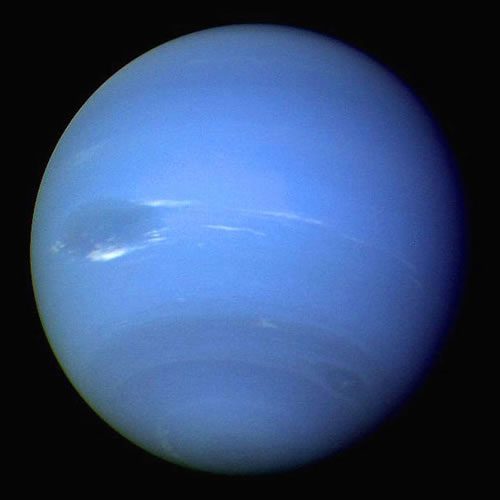
“Let me start by saying that the normal progression in planetary exploration begins with flybys and proceeds with orbiters and more complex missions. With the giant planets, Jupiter and Saturn the first flybys were made with Pioneer and Voyager in the 1970s and ’80s, and both planets had been followed up with very productive orbiter missions like Galileo and Cassini. The two smaller giant planets, Uranus and Neptune, which have fascinating ring systems, fascinating meteorology, fascinating magnetospheres, fascinating satellite systems, have not yet been followed up with orbiters. There has been the desire for a long time to do that, but these missions haven’t gotten to the top of the list.”
The Voyagers are also well-known for carrying gold records onboard, which contain photos and sounds of Earth, the idea of which was popularized by Carl Sagan. In the remote chance that the spacecraft were ever found by an alien civilization, those records would provide clues as to what life on Earth is/was like. Similarly, the Pioneer 10 and 11 spacecraft before Voyager carried gold-anodized aluminium plaques which showed the nude figures of a human male and female along with several symbols that were designed to provide information about the origin of the spacecraft (which caused a bit of debate as to whether revealing our location was a good idea or not).
Although their days of planetary reconnaissance may be long over, the Voyagers’ journey continues, and the most powerful space telescope is helping them to chart their way to the stars.
More information about Voyager is available here and the Hubble Space Telescope here.
Be sure to “LIKE” AmericaSpace on Facebook and follow us on Instagram & Twitter!




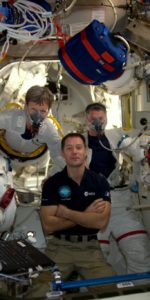
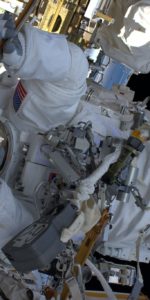
I’m a huge fan of Astronomy…I also know about Dr Neil Tyson…amazing gentleman.I am shocked at the number of people in General who know nothing of or about Astronomy…I’m just shocked…not because I know about it…but I am glad that this information is available for me to read about & follow. I stay up with a lot of News dealing with “Space exploration”..thank you for posting information with my Question about Voyager.